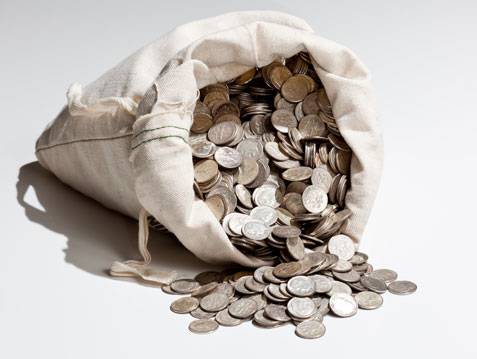The Japanese yen rose in Asian trading on Wednesday against a basket of major and minor currencies, attempting to recover from a one-week low against the US dollar and heading toward its first gain in four sessions, as safe-haven demand for the yen rebounded amid sharp market volatility following gold’s massive losses.
Investors continue to assess the new Japanese government led by Sanae Takaichi, who officially became the country’s first female prime minister after a decisive parliamentary vote on Tuesday.
Price Overview
• Today’s yen exchange rate: The dollar fell about 0.3% to ¥151.49, down from the opening level of ¥151.93, after touching a high of ¥151.96.
• On Tuesday, the yen ended down 0.8% against the dollar, its third straight daily loss, hitting a one-week low at ¥152.17 following the parliamentary vote to elect Japan’s new prime minister.
Sharp Market Volatility
The sharp drop in gold prices triggered broad volatility across global markets, as investors rebalanced their positions among safe-haven assets, led by a notable rebound in demand for the Japanese yen as a defensive hedge during uncertain times.
Gold fell 2.9% on Wednesday, extending steep losses for a second consecutive day to reach $4,003.39 per ounce amid a broad decline in precious metals.
The metal had already lost more than 5% on Tuesday — its biggest one-day drop since 2020 — as rapid profit-taking followed an extended rally that had repeatedly pushed gold to record highs.
Sanae Takaichi
In a historic first, Japan on Tuesday turned a new page in its political history as Sanae Takaichi was elected prime minister, becoming the first woman ever to hold the nation’s highest office.
Takaichi won the position after a decisive parliamentary vote. According to NHK, she secured 237 votes in the first round, eliminating the need for a runoff in the 465-seat lower house.
Her victory came after the ruling Liberal Democratic Party (LDP) formed a coalition with the Japan Innovation Party. Reports indicate the two sides signed an agreement over the weekend to establish a coalition government.
According to Reuters, Takaichi agreed to support several Japan Innovation Party policies, including reducing the number of parliamentary seats, offering free secondary education, and freezing the food consumption tax for two years.
Earlier this month, Takaichi faced a major political setback after the LDP’s abrupt split from its long-time coalition partner, the Komeito Party, which had been allied with it for more than 26 years.
A close political ally of the late Shinzo Abe, Takaichi is known for her support of the stimulus policies that defined “Abenomics,” raising expectations she will pursue an expansionary economic approach that could benefit Japan’s stock market but keep the yen under pressure due to continued monetary easing.
After winning leadership of the ruling party, Takaichi pledged to strengthen Japan’s economy through aggressive spending and criticized the Bank of Japan’s recent interest-rate hike.
Japanese Interest Rates
• Bank of Japan Governor Kazuo Ueda said last week that the central bank remains prepared to raise its key interest rate if prospects for growth and inflation improve.
• Following Ueda’s remarks, market pricing for a quarter-point rate hike at the October meeting rose from 25% to 35%.
• Yen swap markets now imply a 50% chance of a rate hike by December, up from 41% before Ueda’s comments.
• Investors are awaiting further data on inflation, unemployment, and wage growth in Japan to reassess these expectations.


